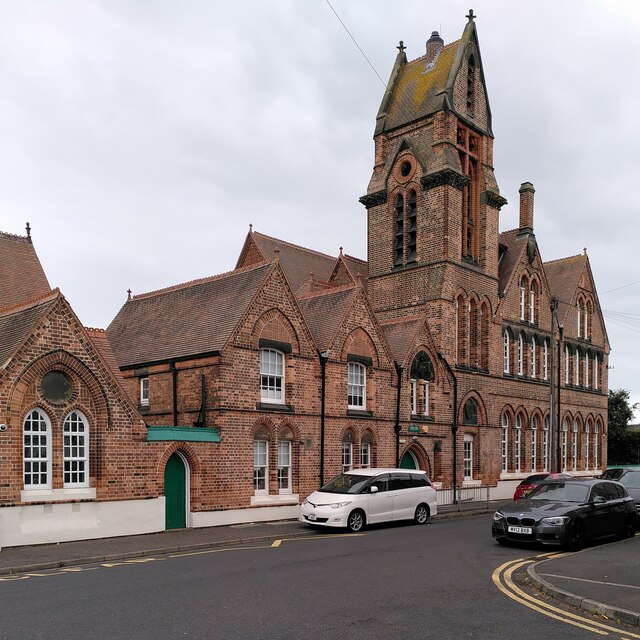Nechells School, Eliot Street
Introduction
The photograph on this page of Nechells School, Eliot Street by A J Paxton as part of the Geograph project.
The Geograph project started in 2005 with the aim of publishing, organising and preserving representative images for every square kilometre of Great Britain, Ireland and the Isle of Man.
There are currently over 7.5m images from over 14,400 individuals and you can help contribute to the project by visiting https://www.geograph.org.uk

Image: © A J Paxton Taken: 13 Jul 2024
Nechells Primary School opened in 1879 as Hutton Street Board School, in a Gothic revival building designed by J H Chamberlain and William Martin, architects to the Birmingham School Board. The Board came into being as a result of the Elementary Education Act of 1870, sometimes known as the Forster Act after the Liberal MP, William Forster, who introduced the bill to Parliament. The Act gave local school boards powers to set up new schools, known as board schools, and to pay the fees of the poorest children. Campaigners from Birmingham had agitated for state provision of education through the Birmingham Education League, which became the National Education League in 1869. By 1902, when local authorities took control of schools from the boards, the Birmingham School Board had built fifty-two new schools, most of them designed by Martin and Chamberlain. They developed a distinct house style, of which the Nechells school, built in a very working-class industrial area, is a fine example: red brick Gothic with a tall tower, pointed windows and gables all giving strong vertical accents, and intended to inspire children. In 1894 the Pall Mall Gazette commented that, ‘In Birmingham you may generally recognise a Board School by its being the best building in the neighbourhood… with lofty towers which serve the utilitarian purpose of giving excellent ventilation, gabled windows, warm red bricks and stained glass, the best of the Birmingham Board Schools have quite an artistic finish'. The Eliot Street school is one of several that are still in use as schools. It is a Grade II listed building: see the listing at the Historic England site https://historicengland.org.uk/listing/the-list/list-entry/1407994?section=official-list-entry . See also Richard Vinen, Second City: Birmingham and the Forging of Modern Britain, Allen Lane, 2022, pp99-100.

